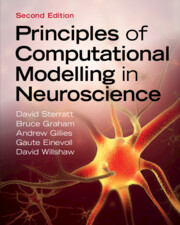Live-cell imaging of glioblastoma U373 and U87 cells transfected with actin cytoskeleton markers has been used to study the re-arrangements that are associated with migration in two- and three-dimensional matrices and in brain tissue. In collagen gels and in brain slices, both cell types developed neuronal-like processes with ruffling membranes and filopodia. Blebbing cells were also observed, but these were mainly immobile. The retraction of trailing cell processes in a tissue environment was associated with the transient development and contraction of bundles of axial stress fibers. The inhibition of Rho-kinase caused glioblastoma cells in brain slices to become immobile and develop neurite-like processes at random, which indicates the requirement of Rho signaling and contractility for migration. Actin stress fibers were also observed in glioblastoma cells injected into the brains of living mice. Thus, invading glioblastoma cells use neurite-like extensions to penetrate between neuronal fibers and contractile actin bundles for traction of the cell body.
